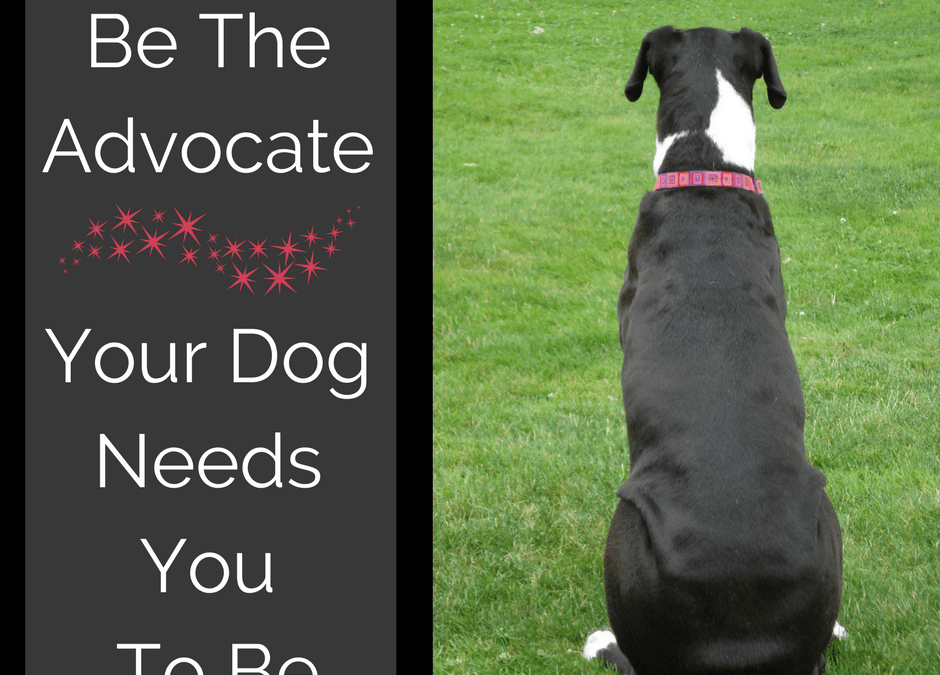BUT WE’RE SUPPOSED TO SOCIALIZE OUR DOG WITH KIDS…RIGHT?
So yesterday, I shared some of the tips for being a DOG ADVOCATE. And on that list, was being cautious with the kids that interact with your dog or puppy.
But are all interactions created equally?
Years ago, I had a Great Dane puppy. She was by far, one of the best dogs ever. And she LOVED kids. She loved doing demonstrations at preschools, she loved reading with them, she loved visiting them…she was awesome with kids. And I look back and wonder why did she love them so much? Honestly, it was part of who was she was. She just loved all people and had always had great experiences with people. People regardless of the size meant attention, food, pets, and snuggles.
BUT…when I got my Bedlington Terrier, who is now over 12, I wasn’t the advocate she needed me to be. My now husband had young nieces and nephews that really wanted to see my new puppy. And me, not wanting to say no, said sure you can see and play with my new puppy.
The kids played with my puppy, walked my puppy, carried my puppy and I didn’t stop them when I should have. My puppy wasn’t screaming. She wasn’t crying or trying to get away, but she wasn’t happy. She didn’t enjoy their games. And despite seeing that she was less than thrilled, I allowed them to persist because she wasn’t trying to escape. I didn’t want to be rude and whisk my puppy away from the kids who clearly were having fun. She’d get over it right?
That decision, to let them continue to play with her, made her not trust fast moving children. This was a situation I could have completely avoided had I have been a better advocate for my dog.
What would I have done differently or rather, what would I do today?
1. Kept my puppy on a leash with me. I would have allowed them to pet her in a slow and welcome fashion for a minute and then had them move on.
2. Crated her. Having a dog that loves their crate gives them a safe space where ever you are. I could have removed her from that situation and put her in the crate to observe from a safe distance. This would have allowed her to take it all in without being bombarded by happy children.
3. Watched for signs she wasn’t having fun…especially the subtle ones. Wide mouthed panting, dilated pupils or even a stoic nature can all point to stress. If your dog doesn’t look happy, loose and like they are having a good time, then stop the play and get them out of there. And ideally, don’t let it happen to begin with.
4. Not take my puppy with me at all. Invite one or two calm children over to play fetch, ask for commands, or calmly pet my puppy. And then as my puppy grows more confident with children, allow more children to come and have controlled interactions.
Remember, simple exposure isn’t enough for socialization. Your dog needs to have small, positive, repeated exposures to something to make it a positive socialization experience for them.
BE THE ADVOCATE YOUR DOG NEEDS YOU TO BE.


Recent Comments